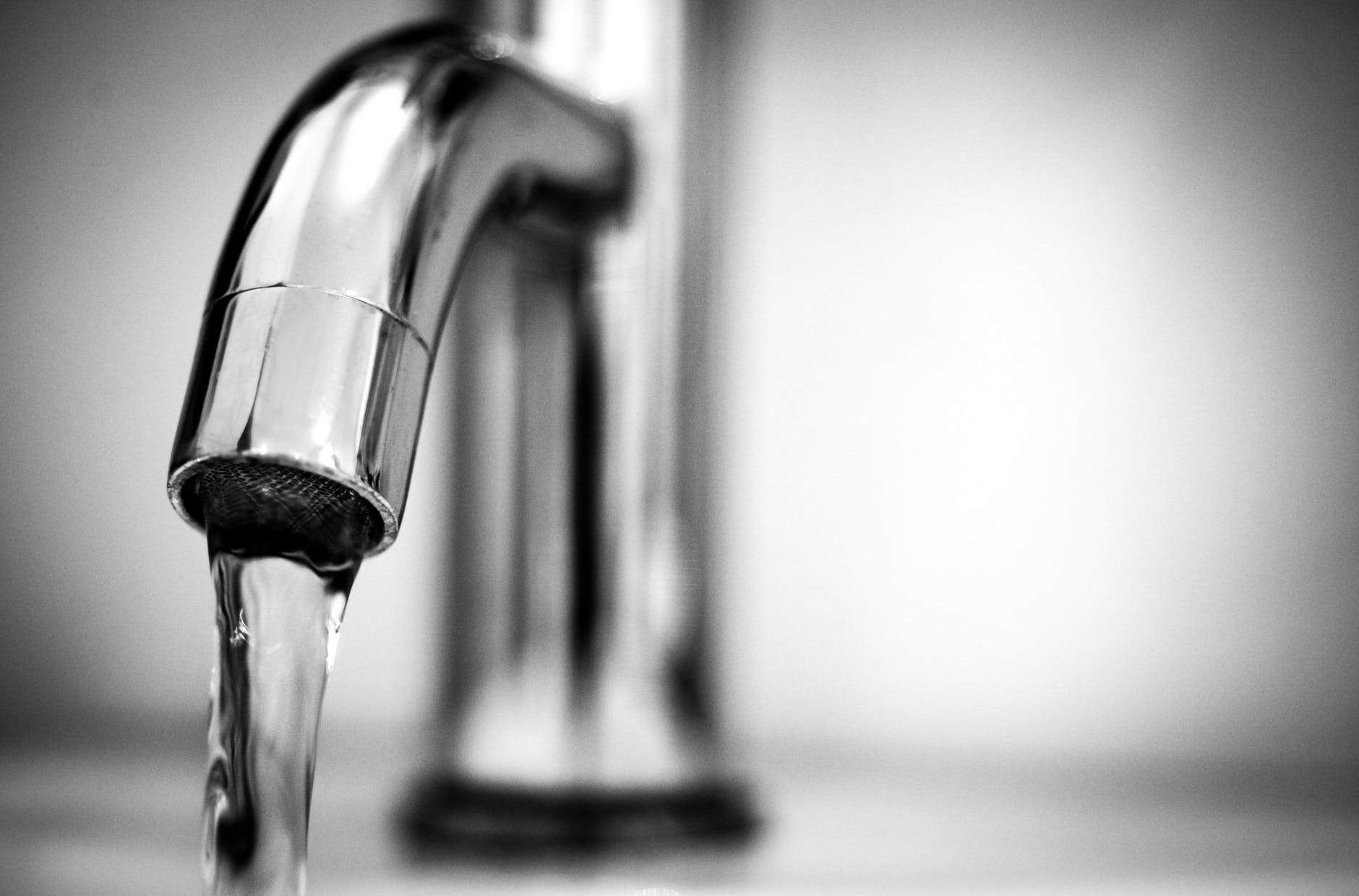If you’re using a reverse osmosis process for filtering your water, then you already know that a semi-permeable membrane is key to helping purify your water. Using such a membrane allows water to pass through during the purification process while sediment, silica, minerals, and even bacteria and viruses are removed. As a result, the membrane element is a key component of the overall act of reverse osmosis.
Of course, with any purification system, you must be sure to appropriately maintain it if you want to ensure that it works properly each and every time you use it. A damaged or dirty membrane element can ultimately affect membrane performance, which is why it’s important that you clean membranes in a few different scenarios. Here’s what you need to know about RO membrane cleaning.
How do you clean an RO membrane?
Membrane cleaning will rely on a few different chemicals in order to be effective. Generally speaking, a mixture of low pH and high pH chemicals will be utilized to clean and bring foulants to the membrane surface. Different foulants require different sorts of cleaning solutions, so be sure to take a look at the membrane before determining if you’ll want to use a high pH chemical (suitable for calcium removal and other heavy elements) or low pH chemical (suitable for lighter elements and bacteria or other organic fouling).
When it comes to physically cleaning your RO membrane, most industrial RO water systems include something called a CIP (or “clean in place”) system which offers you the ability to clean your membrane element on site. If you don’t have a CIP currently installed or have questions about which cleaning chemical will serve as the most effective RO membrane cleaner, it might be worth reaching out to your RO or membrane manufacturer to see what they would advise. Sometimes, it’s possible to add a clean in place system after the fact, and at the very least, they’ll have the years of experience necessary to help you understand how to remove different solids, organic foulants, and other biological organisms from your RO system’s membrane.
How often should an RO membrane be cleaned?
There are a few situations when your RO membrane should be cleaned. A general rule of thumb to keep in mind is that, depending on your industry and usage, three to twelve months is usually an acceptable timeframe to wait between each time you clean membranes. That being said, there are some times when you may need to clean your RO membrane more frequently, in which case it might be worth investigating how to beef up your RO system with different pre-treatment features.
Another thing to keep in mind about cleaning membranes in your RO system is that pressure and normalized flow also play a big role in when you’ll want to clean your membranes. For example, according to the water treatment company Complete Water, most manufacturers agree that it’s important to clean the surface of the membrane “when normalized flow decreases by 10% from the initial acceptance test conditions” and when a “pressure drop increases by 15% over the initial acceptance test conditions.”
When should you replace your RO membrane?
One of the major benefits of industrial reverse osmosis systems is that they’re built to last. This means that with proper maintenance and care, you’re likely only ever going to be replacing specific parts in your RO system. When it comes to replacing your RO membrane, most manufacturers agree that membranes should be replaced every two to five years. That being said, this can vary based on how much you use your system and what kind of foulant removal and water quality you’re dealing with on a day-to-day basis.








Show Comments (0)